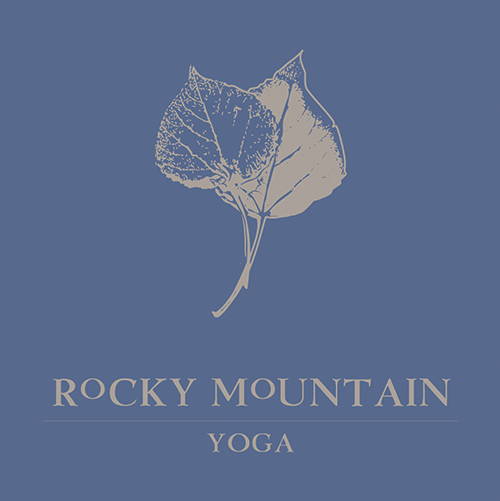The number of Yoga practitioners in America continues to grow. Now over 36 million, in just four years the number of those practicing increased by over 80%. Another 80 million were said to be likely to try Yoga in 2016 according to the study. It’s not surprising then, that the use of Yoga as a complimentary and alternative medicine (CAM) is also on the rise. The latest findings, reported by the National Center for Alternative and Complimentary Medicine(1), are a decade old but at the time Yoga was one of the top ten complimentary and alternative health approaches being sought; surely this ranking has increased significantly over the past ten years.
Yet, Yoga in the West primarily addresses the physical body through asana, or postures. How, then, are the other aspects of our being human addressed? An integrated practice makes use of multiple tools to accomplish the intention of the practice. Do you know what the intention of your last Yoga class was? Often, teachers may be teaching an “apex pose,” hopefully using a progressive preparatory approach but this, too, is uncommon in my experience. And how functional was “apex pose”? In other words, for what purpose were you doing it? Gary Kraftsow, Founder of the American Viniyoga Institute, often asks: “What’s more important, your liver or our hamstrings?” Indeed, your hamstrings might be important in addressing back pain but you get my point.
An integrated practice, on the other hand, has the potential to address our entire being. There are both inner and outer orientations, for example:
Inner
- Asana – cultivates vital energy (prana), releases blockages
- Chanting/mantras – turns attention inward for greater perception, links to sources of inspiration inherent in the words and their meaning
- Breathing – affects sympathetic/parasympathetic regulation, increases vitality
- Meditation – on thoughts, moods, behavior
Outer
- Asana – alignment, stability, muscular resilience, strength and symmetry
- Chanting/mantras – improves memory, transforms perspectives
- Breathing – balances emotions, prepares for meditation
- Meditation – on nature or a candle
Self-study, visualization and different types of rituals, each with its own purpose, are other aspects of an integrated practice. Here is an example of the practice I’ve been using for the past month, which I do in the morning:
I settle in with my breath (increasing IN/EX) and then set my intention related to empowerment (it’s hard growing my Yoga Therapy business!). This is something I spent some time writing down when I sat down to create my sequence. I use the seed mantra for empowerment: “om ram agnaye namaha.” Sometimes I use a prayer or other inspirational “mantra” instead of Sanskrit but there is said to be a mysterious power in the words themselves and their repetition which I’ve been wanting to explore. I broke the mantra into 4 lines, starting with “om”, adding another word with each repetition. I use the mantra on retention (holding the breath after IN which is useful for a morning practicing as it has an energizing effect) and, or exhale in postures chosen to invoke stability and strength, ones that also took care of my sacrum. I end with a breathing practice apropos for morning time and metered with mental repetition of the mantra. Meditation closes my practice along with repetition of the mantra 3x from quiet to loud to bring my ATTention back to my INtention. Meditation lasts 10-40 minutes long depending on the day. If inclined, I will spend some time writing down any insights either before as I contemplate my intention or after.
Your practice should meet you where you are and be relevant to what’s going on for you in your life. This consideration has carried over into other aspects of my life; namely, I find myself asking if what I am doing actually serves me or if I am just doing it mindlessly. It can be tremendously beneficial to have a guide help you with development of your practice and I’d be happy to talk to you over a thirty minute complimentary telephone consultation.
With a regular, well-intentioned and appropriately applied practice, prepare for transformation.
(1) https://nccih.nih.gov/sites/nccam.nih.gov/files/camuse.pdf

